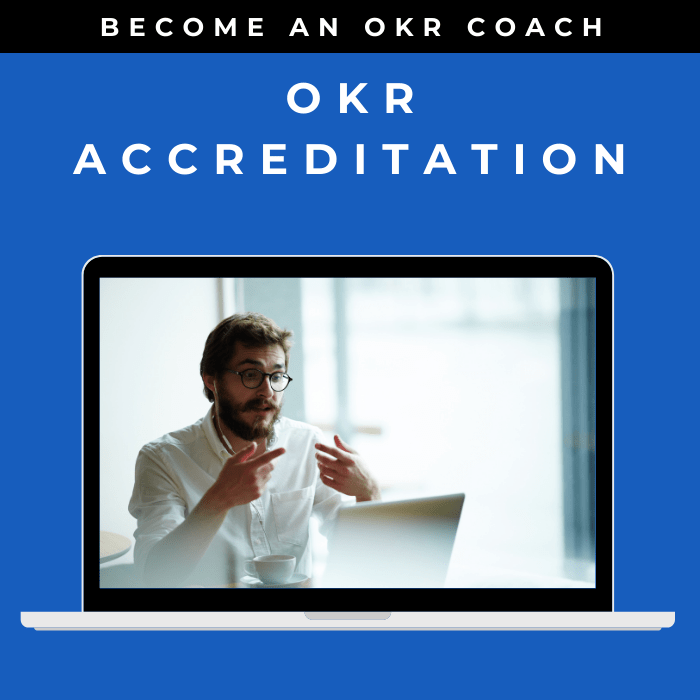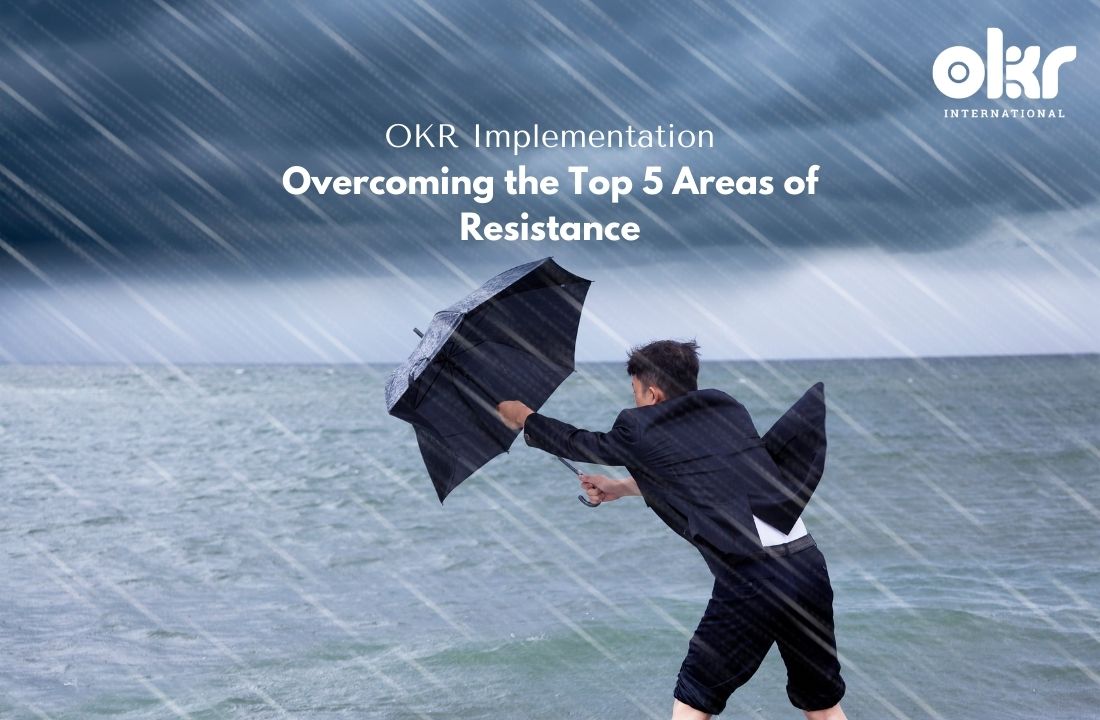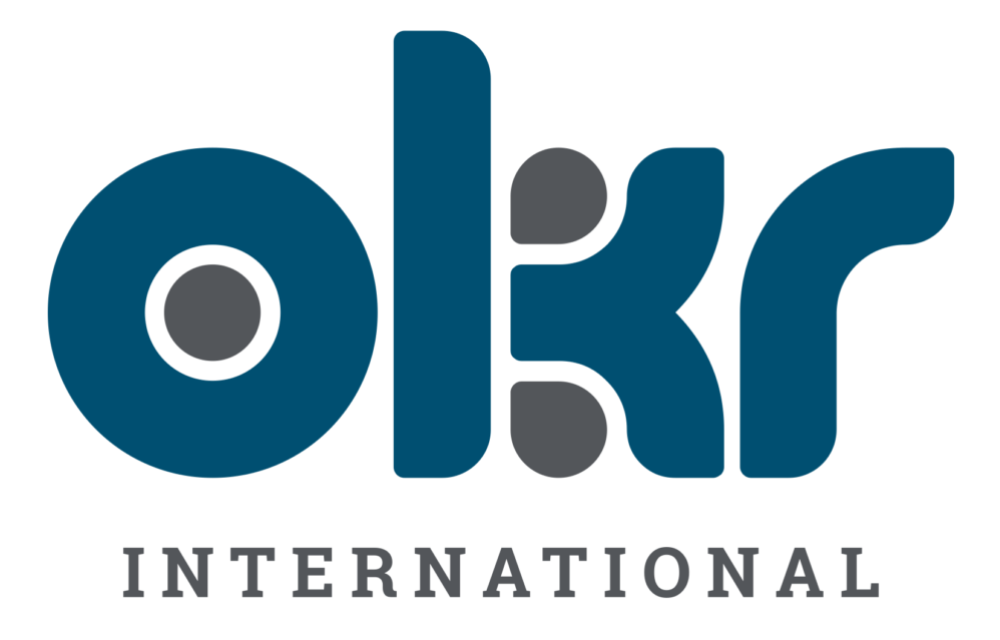Overcoming the Top 5 Areas of Resistance When Implementing OKRs
Overcoming resistance when implementing OKRs is as important as implementing OKRs themselves. While Objective and Key Results (OKRs) is a popular goal-setting framework, blindly implementing it would managing change and resistance is a recipe for failure. This article will explore how to overcome the top 5 areas of resistance when implementing OKRs based on the most searched topics on this subject.
1. Lack of Understanding and Awareness
The first and perhaps the most significant area of resistance is a lack of understanding and awareness about OKRs. Employees often resist what they don’t understand. If they don’t see the value in OKRs or don’t understand how to use them, they are likely to resist their implementation.
To overcome this resistance, organizations need to invest in training and communication. Employees should be educated about the benefits of OKRs, how they work, and how they can contribute to their personal and professional growth. Clear, consistent communication can help employees understand and embrace OKRs.
The Importance of Education
Education is the first step in overcoming this resistance. Employees need to understand what OKRs are and why they are being implemented. This includes understanding the structure of OKRs, with clear Objectives that are ambitious and inspiring, and Key Results that are measurable and time-bound. They also need to understand the alignment aspect of OKRs, where individual OKRs align with team OKRs, which in turn align with the organization’s OKRs.
Moreover, employees need to understand the benefits of OKRs. This includes how OKRs can provide clarity and focus, promote alignment and collaboration, and drive performance and growth. They need to see how OKRs can help them prioritize their work, track their progress, and achieve their goals.
The Role of Training
Training plays a crucial role in educating employees about OKRs. This can take various forms, such as workshops, seminars, online courses, or one-on-one coaching. The training should be practical and interactive, allowing employees to learn by doing. They should have the opportunity to practice setting and tracking OKRs, receiving feedback, and learning from their mistakes.
Training should also be ongoing. Implementing OKRs is a journey, not a one-time event. Employees need continuous training and support to refine their OKR-setting skills, overcome challenges, and keep improving.
The Power of Communication
Communication is another key element in overcoming resistance. The implementation of OKRs should not be a top-down decision imposed on employees. Instead, it should be a collaborative process that involves open and honest communication.
Leaders should communicate the rationale behind implementing OKRs, the expected benefits, and the plan for implementation. They should also communicate their commitment to OKRs and their willingness to support employees throughout the process.
Communication should also be two-way. Employees should have the opportunity to ask questions, express their concerns, and provide feedback. This can help address any misconceptions or fears about OKRs and build buy-in and commitment.
2. Fear of Transparency
OKRs promote transparency by making goals and progress visible to everyone in the organization. While this transparency can drive alignment and collaboration, it can also cause discomfort and resistance. Employees might fear that their shortcomings will be exposed, or they might feel pressured to meet their OKRs at all costs.
To address this fear, organizations should foster a culture of openness and support. Leaders should emphasize that OKRs are not used to punish employees but to help them grow and improve. They should also encourage constructive feedback and celebrate progress, not just results.
The Double-Edged Sword of Transparency
Transparency, while beneficial, can feel like a double-edged sword to employees. On one hand, it promotes alignment, collaboration, and accountability. On the other hand, it exposes employees’ goals, progress, and potential shortcomings to everyone in the organization. This can lead to fear of judgement, fear of failure, and pressure to meet OKRs at all costs.
Fostering a Culture of Openness and Support
To address these fears, organizations need to foster a culture of openness and support. This involves creating a safe environment where employees feel comfortable sharing their goals, progress, and challenges. It also involves promoting a growth mindset, where mistakes and failures are seen as opportunities for learning and improvement, not as reasons for punishment.
Leaders play a crucial role in fostering this culture. They should lead by example, being open about their own goals, progress, and challenges. They should also provide support and guidance to their teams, helping them set realistic OKRs, overcome obstacles, and achieve their goals.
Emphasizing the Purpose of OKRs
Leaders should also emphasize that the purpose of OKRs is not to judge or punish employees, but to help them grow and improve. OKRs are a tool for setting ambitious goals, tracking progress, and driving performance. They are not a tool for micromanagement or performance appraisal.
This message should be communicated clearly and consistently. Employees should understand that it’s okay to miss their OKRs, as long as they are learning, improving, and giving their best effort. They should also understand that OKRs are about progress, not just results.
Encouraging Constructive Feedback and Celebrating Progress
Finally, organizations should encourage constructive feedback and celebrate progress. Feedback should be seen as a tool for growth, not as a weapon for criticism. It should be given and received in a constructive, respectful manner, focusing on the behavior or performance, not the person.
Progress, no matter how small, should be recognized and celebrated. This can help boost morale, motivation, and commitment to OKRs. It can also help shift the focus from fear of failure to excitement about growth and improvement.
3. Perception of Additional Workload
Another common area of resistance is the perception that OKRs will add to the existing workload. Employees might see OKRs as another task on their to-do list rather than a tool to help them focus and prioritize their work.
To change this perception, organizations should demonstrate how OKRs can streamline work processes. They should show how OKRs can help employees focus on what’s important, reduce unnecessary tasks, and ultimately make their work more meaningful and satisfying.
Understanding the Perception
The first step in addressing this perception is understanding where it comes from. Employees are often busy with their day-to-day tasks and responsibilities. Adding something new, like OKRs, can seem like an additional burden, especially if the benefits are not immediately apparent.
This perception can be exacerbated if the OKR process is complex or time-consuming. If setting, tracking, and reviewing OKRs takes a lot of time and effort, employees might see it as a distraction from their actual work.
Demonstrating the Benefits of OKRs
To change this perception, organizations need to demonstrate the benefits of OKRs. They need to show how OKRs can help employees focus on what’s important, prioritize their tasks, and work more effectively.
For example, OKRs can help employees identify their most important goals and align their tasks with these goals. This can help them avoid unnecessary tasks, reduce distractions, and make better use of their time. It can also provide clarity and direction, reducing the stress and confusion of having to juggle multiple priorities.
Moreover, OKRs can make work more meaningful and satisfying. By setting and achieving ambitious goals, employees can see the impact of their work and feel a sense of accomplishment. This can boost their motivation and engagement, making their work more enjoyable.
Streamlining the OKR Process
Organizations should also strive to streamline the OKR process. This involves making the process as simple, efficient, and user-friendly as possible. For example, they can provide templates and tools to help employees set and track OKRs. They can also provide training and support to help employees use OKRs effectively.
Moreover, organizations should ensure that the OKR process is integrated with the existing work processes. OKRs should not be seen as a separate task, but as part of the normal work routine. This can help reduce the perceived workload and increase the acceptance of OKRs.
4. Resistance to Change
Change is often met with resistance, and implementing OKRs is no exception. Employees might be comfortable with the current way of doing things and resist the changes brought by OKRs.
To overcome this resistance, organizations should involve employees in the OKR implementation process. They should explain why the change is necessary and how it will benefit the organization and the employees. They should also provide support and resources to help employees adapt to the new system.
Understanding the Resistance
Resistance to change can stem from various sources. Employees might be comfortable with the current way of doing things and see no reason to change. They might fear the unknown, worrying about how the change will affect them and their work. They might also lack trust in the change process, especially if they feel that it’s imposed on them without their input or consideration.
Involving Employees in the Change Process
One of the most effective ways to overcome resistance to change is to involve employees in the change process. Instead of imposing OKRs from the top down, organizations should engage employees from the bottom up. They should invite employees to participate in the OKR planning and implementation process, giving them a sense of ownership and control over the change.
Involving employees can also provide valuable insights and feedback. Employees are often the ones who know their work best. They can provide practical suggestions on how to set and use OKRs effectively in their specific context. They can also identify potential challenges and solutions, helping to make the change process smoother and more successful.
Communicating the Need for Change
Organizations should also communicate clearly and convincingly why the change is necessary and how it will benefit both the organization and the employees. They should explain how OKRs can help the organization achieve its strategic goals and how they can help employees improve their performance and career growth.
This communication should be ongoing and two-way. Organizations should keep employees informed about the progress of the OKR implementation and be open to their questions, concerns, and feedback. They should also celebrate early wins and success stories, reinforcing the benefits of OKRs and motivating employees to embrace the change.
Providing Support and Resources
Finally, organizations should provide support and resources to help employees adapt to the new system. This can include training, coaching, tools, and resources to understand and use OKRs effectively. It can also include emotional support, acknowledging the challenges of change and providing reassurance and encouragement.
5. Lack of Management Support
Finally, resistance can come from a lack of management support. If managers don’t buy into OKRs, their teams are likely to follow suit. Managers play a crucial role in implementing OKRs, from setting the example to providing guidance and support to their teams.
To ensure management support, organizations should involve managers from the beginning of the OKR implementation process. They should provide managers with the necessary training and resources to understand and use OKRs effectively. They should also hold managers accountable for promoting and supporting OKRs within their teams.
The Importance of Management Support
Managers play a pivotal role in implementing OKRs. They are the ones who set the tone for their teams, provide guidance and support, and ensure alignment between individual, team, and organizational OKRs. If managers are not committed to OKRs, their teams might struggle to see their value and use them effectively.
Moreover, managers are often the ones who deal with the practical aspects of OKRs. They help their teams set OKRs, track progress, provide feedback, and adjust OKRs as needed. If managers lack the knowledge or skills to do these tasks effectively, it can hinder the OKR implementation process.
Involving Managers in the OKR Implementation Process
To ensure management support, organizations should involve managers from the beginning of the OKR implementation process. Managers should be part of the decision to adopt OKRs and the planning of how to implement them. They should also be involved in setting the organization’s OKRs, ensuring that they understand and buy into the overall goals and strategy.
Involving managers can help them understand the value of OKRs and how they can benefit their teams and themselves. It can also give them a sense of ownership and commitment to the OKR process, increasing their motivation to support it.
Providing Training and Resources
Organizations should provide managers with the necessary training and resources to understand and use OKRs effectively. This can include workshops, coaching, online courses, and tools for setting and tracking OKRs. The training should be practical and tailored to the managers’ needs, helping them overcome their specific challenges and improve their OKR skills.
Training should also be ongoing. As managers gain experience with OKRs, they might encounter new challenges or need to refine their skills. Continuous training and support can help them keep improving and adapting to the evolving needs of their teams and the organization.
Holding Managers Accountable
Finally, organizations should hold managers accountable for promoting and supporting OKRs within their teams. This can include setting expectations for managers’ role in the OKR process, monitoring their performance, and providing feedback and recognition. Accountability can help ensure that managers take their role seriously and strive to fulfill it to the best of their ability.
Summary
Implementing OKRs in an organization can encounter resistance in various areas. However, with the right strategies, these areas of resistance can be effectively addressed and overcome. Here are the key takeaways:
- Lack of Understanding and Awareness: Organizations should invest in training and communication to educate employees about the benefits of OKRs and how they can contribute to their growth and success. Clear, consistent communication is essential to help employees understand and embrace OKRs.
- Fear of Transparency: To address this fear, organizations should foster a culture of openness and support. Leaders should emphasize that OKRs are meant to help employees grow and improve, not to judge or punish them. Encouraging constructive feedback and celebrating progress can help alleviate fears and promote a positive environment.
- Perception of Additional Workload: Organizations should demonstrate how OKRs can streamline work processes and help employees focus on what’s important. By showing the value of OKRs in reducing unnecessary tasks and making work more meaningful, organizations can change the perception of OKRs as an additional burden.
- Resistance to Change: Involving employees in the OKR implementation process is crucial to overcome resistance. Organizations should explain the need for change, communicate the benefits of OKRs, and actively engage employees in the planning and decision-making process. This involvement empowers employees and builds a sense of ownership.
- Lack of Management Support: Organizations must ensure management support for OKRs. Involving managers from the beginning, providing training and resources, and holding them accountable for promoting and supporting OKRs within their teams are key steps. Managers play a vital role in setting the example, guiding their teams, and driving alignment.
By addressing these areas of resistance, organizations can create an environment where OKRs are embraced and effectively implemented. Clear communication, education, involvement, and support from both leadership and managers are essential for successful OKR adoption. With commitment and effort, organizations can unlock the full potential of OKRs to drive alignment, collaboration, and growth.
Explore Our Range of Services
Bring OKRs (Objectives and Key Results) to your organisation with our tried & tested OKR Framework.


OKR International’s highly acclaimed Certified OKR Practitioner Program is the first and only OKR accreditation endorsed by ICF & HRCI for continuing education units.
OKR International helps leaders create the alignment, engagement and result orientation needed for growth by offering OKR Advisory services.




